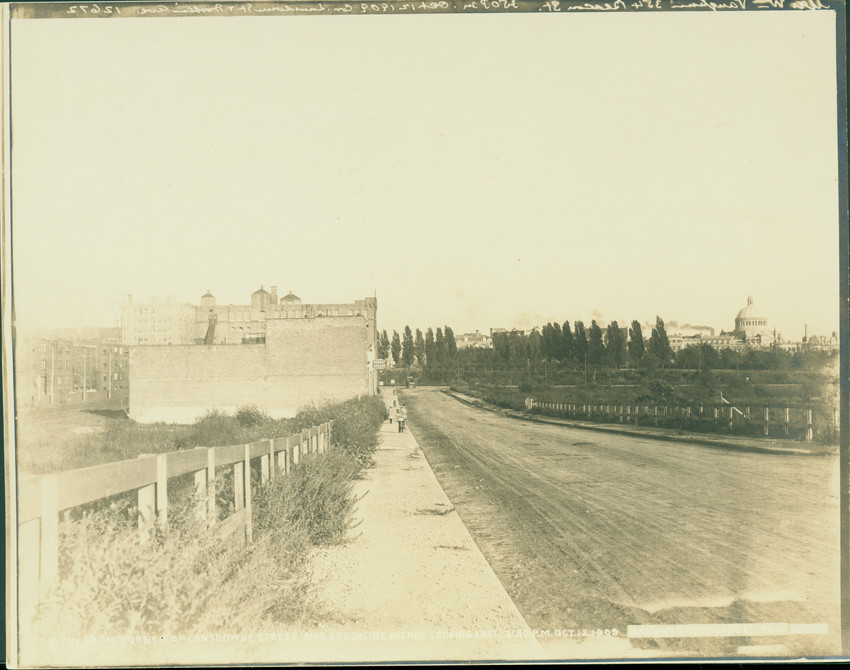Equilibria
Senior Member
- Joined
- May 6, 2007
- Messages
- 7,083
- Reaction score
- 8,310
I knew it was LanDsdowne, but probably because as a small child I thought it was Lands Down, as in "that's where the home runs that go over the Green Monster land down."
Sorry to have misled, but it actually isn't. There's no D. That's funny, though!
Since we're giving this little road so much attention, here's a picture of it in 1909:

